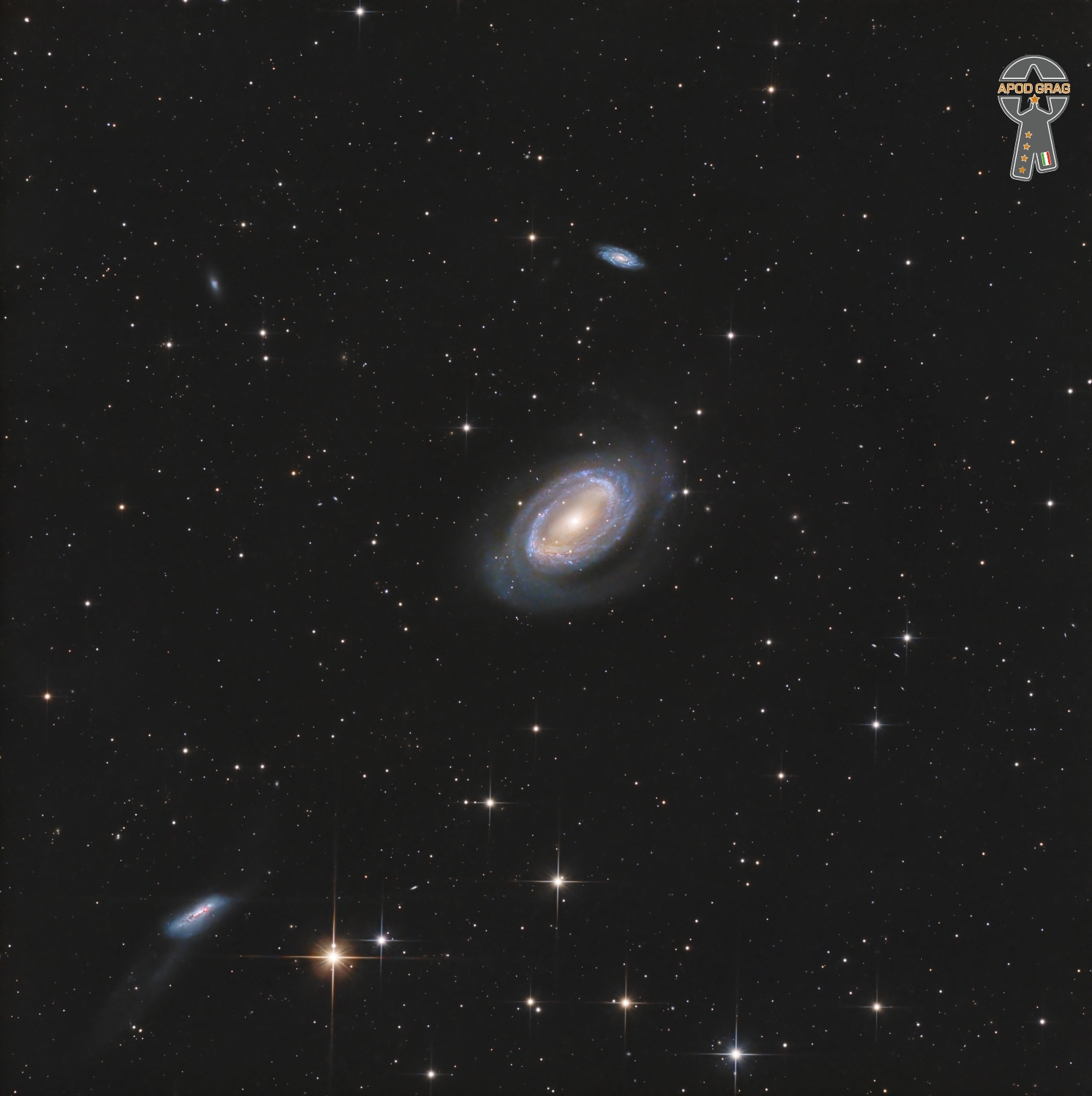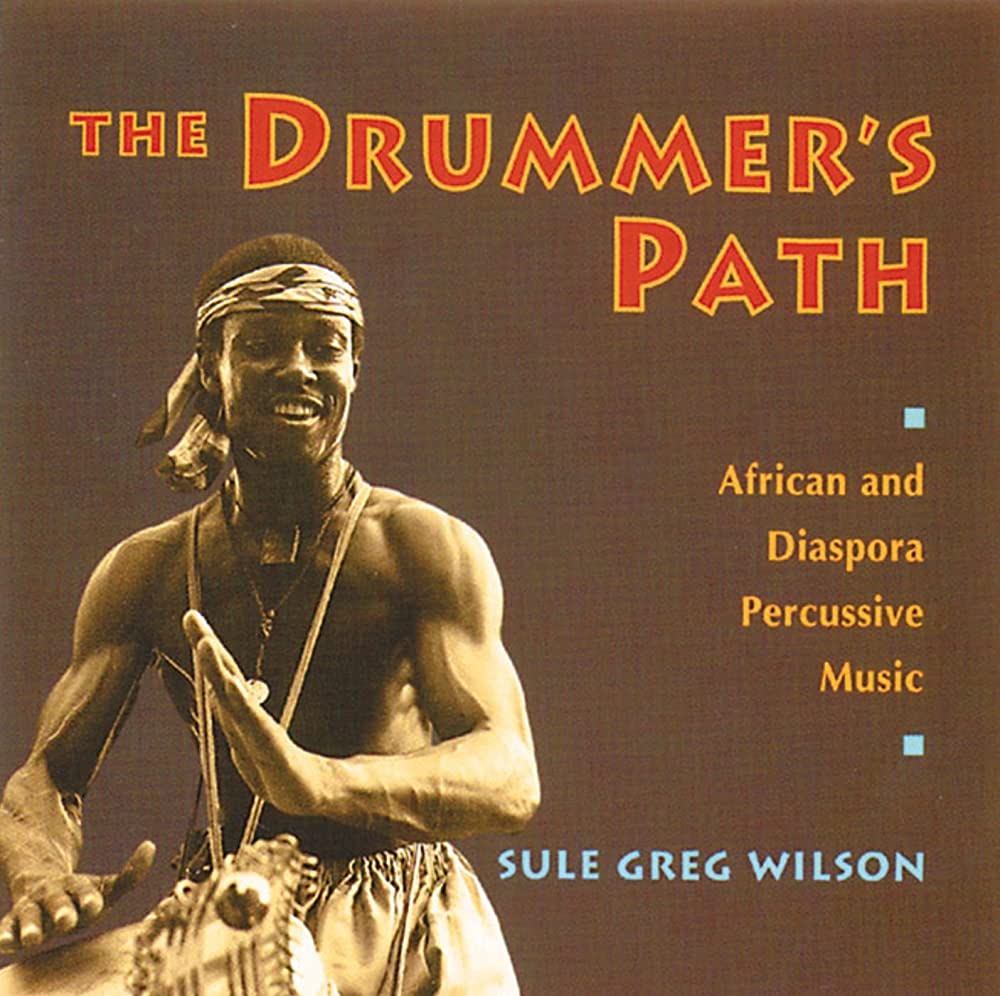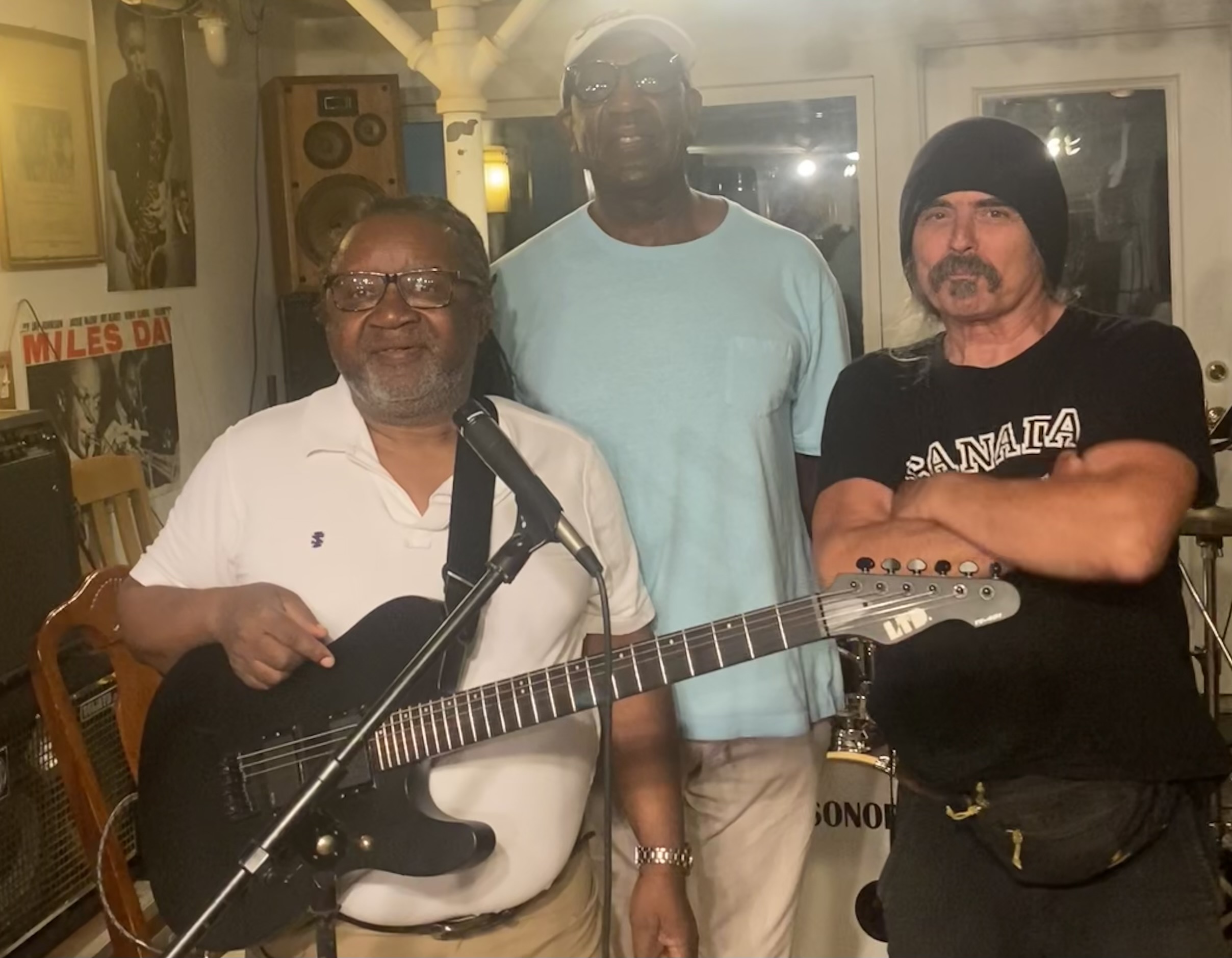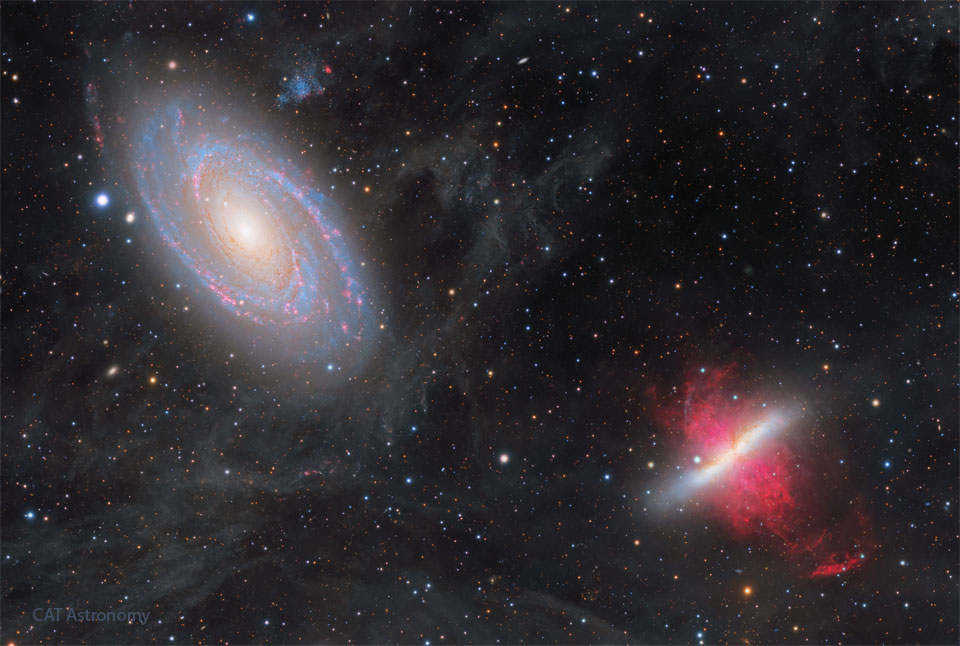Blog
Nole Floyd “Nokie” Edwards (May 9, 1935 – March 12, 2018) was an American musician and member of the Rock and Roll Hall of Fame. He was primarily a guitarist, best known for his work with The Ventures, and was known in Japan as the ‘King of Guitars’. Edwards was also an actor, who appeared briefly on Deadwood, an AmericanWestern drama television series.
more...NGC 4725 is an intermediate barred spiral galaxy with a prominent ring structure, located in the northern constellation of Coma Berenices near the north galactic pole. It was discovered by German-born British astronomer William Herschel on April 6, 1785. The galaxy lies at a distance of approximately 40 megalight-years from the Milky Way. NGC 4725 is the brightest member of the Coma I Group of the Coma-Sculptor Cloud, although it is relatively isolated from the other members of this group. This galaxy is strongly disturbed and is interacting with neighboring spiral galaxy NGC 4747, with its spiral arms showing indications of warping. The pair have an angular separation of 24′, which corresponds to a projected linear separation of 370 kly. A tidal plume extends from NGC 4747 toward NGC 4725. 41mly.

Paul Richard Furay (born May 9, 1944) is an American musician and Rock & Roll Hall of Fame member (with Buffalo Springfield). He is best known for forming the bands Buffalo Springfield with Stephen Stills, Neil Young, Bruce Palmer, and Dewey Martin, and Poco with Jim Messina, Timothy B. Schmit, Rusty Young, George Grantham and Randy Meisner. His best known song (originally written during his tenure in Buffalo Springfield, but eventually performed by Poco as well) was “Kind Woman,” which he wrote for his wife, Nancy.
more...Sonny Curtis (born May 9, 1937) is an American singer and songwriter. Known for his collaborations with Buddy Holly, he was a member of the Crickets and continued with the band after Holly’s death. Curtis’s best known compositions include “Walk Right Back“, a major hit in 1961 for the Everly Brothers; “I Fought the Law“, notably covered by the Bobby Fuller Four and the Clash; and “Love is All Around“, the theme song for The Mary Tyler Moore Show.
more...Tania Maria (born May 9, 1948) is a Brazilian artist, singer, composer, bandleader and piano player, singing mostly in Portuguese or English. Her Brazilian-style music is mostly vocal, sometimes pop, often jazzy, and includes samba, bossa, Afro-Latin, pop and jazz fusion.
more...Dennis Milton Chambers (born May 9, 1959) is an American jazz fusion and funkdrummer. He was inducted into the Modern Drummer Hall of Fame in 2001.
He has recorded and performed with Tom Coster, John Scofield, George Duke, Victor Wooten, Brecker Brothers, Santana, Steely Dan, Jeff Berlin, Parliament/Funkadelic, John McLaughlin, Niacin, Mike Stern, CAB, Greg Howe, and many others.
He has toured extensively with Carlos Santana, and is a member of the jazz-rock trio Niacin.
more...Rumba Flamenca may be the most widely known and least understood of the flamenco forms. Most of the world first heard Rumba Flamenca via the Gypsy Kings in songs like Bamboleo and Volare. In Spain, Rumba Flamenca has come in and out of style since Niña de los Peines first recorded a Rumba in 1918. Since then, artists such as El Chaqueta, Chano Lobato and Miguel Vargas Jiménez (Bambino) have become closely associated with the form.
more...Cataloged as M1, the Crab Nebula is the first on Charles Messier’s famous list of things which are not comets. In fact, the Crab Nebula is now known to be a supernova remnant, an expanding cloud of debris from the death explosion of a massive star. The violent birth of the Crab was witnessed by astronomers in the year 1054. Roughly 10 light-years across, the nebula is still expanding at a rate of about 1,500 kilometers per second. You can see the expansion by comparing these sharp images from the Hubble Space Telescope and James Webb Space Telescope. The Crab’s dynamic, fragmented filaments were captured in visible light by Hubble in 2005 and Webb in infrared light in 2023. This cosmic crustacean lies about 6,500 light-years away in the constellation Taurus.

Mahmoud Ahmed (Amharic: ማሕሙድ አሕመድ; born 8 May 1941) is an Ethiopian singer. He gained great popularity in Ethiopia in the 1970s and among the Ethiopian diaspora in the 1980s, before rising to international fame with African music fans in Europe and the Americas.
more...Keith Jarrett (born May 8, 1945) is an American pianist and composer. Jarrett started his career with Art Blakey and later moved on to play with Charles Lloyd and Miles Davis. Since the early 1970s, he has also been a group leader and solo performer in jazz, jazz fusion, and classical music. His improvisations draw from the traditions of jazz and other genres, including Western classical music, gospel, blues, and ethnic folk music.
His album The Köln Concert, released in 1975, is the best-selling piano recording in history. In 2008, he was inducted into DownBeat Jazz Hall of Fame in the magazine’s 73rd Annual Readers’ Poll.
In 2003, Jarrett received the Polar Music Prize and was the first recipient to be recognized with prizes for both contemporary and classical music. In 2004, he received the Léonie Sonning Music Prize.
In February 2018, Jarrett suffered a stroke and has been unable to perform since. A second stroke in May 2018 left him partially paralyzed and unable to play with his left hand.
more...
Mary Lou Williams (born Mary Elfrieda Scruggs; May 8, 1910 – May 28, 1981) was an American jazz pianist, arranger, and composer. She wrote hundreds of compositions and arrangements and recorded more than one hundred records (in 78, 45, and LP versions). Williams wrote and arranged for Duke Ellington and Benny Goodman, and she was friend, mentor, and teacher to Thelonious Monk, Charlie Parker, Miles Davis, Tadd Dameron, Bud Powell, and Dizzy Gillespie.
She has been noted for her 1954 conversion to Catholicism, which led to a musical hiatus and a later transformation in the nature of her music. She continued to perform and work as a philanthropist, educator, and youth mentor until her death from bladder cancer in 1981.
more...Robert Leroy Johnson (May 8, 1911 – August 16, 1938) was an American bluesmusician and songwriter. His singing, guitar playing and songwriting on his landmark 1936 and 1937 recordings have influenced later generations of musicians. Although his recording career spanned only seven months, he is recognized as a master of the blues, particularly the Delta blues style, and as one of the most influential musicians of the 20th century. The Rock and Roll Hall of Fame describes him as perhaps “the first ever rock star”.
As a traveling performer who played mostly on street corners, in juke joints, and at Saturday night dances, Johnson had little commercial success or public recognition in his lifetime. He had only two recording sessions both produced by Don Law, one in San Antonio in 1936, and one in Dallas in 1937, that produced 29 distinct songs (with 13 surviving alternate takes). These songs, recorded solo in improvised studios, were the sum of his recorded output. Most were released as 10-inch, 78 rpm singles from 1937–1938, with a few released after his death. Other than these recordings, very little was known of his life outside of the small musical circuit in the Mississippi Delta where he spent most of his time. Much of his story has been reconstructed by researchers. Johnson’s poorly documented life and death have given rise to legends. The one most often associated with him is that he sold his soul to the devil at a local crossroads in return for musical success.
His music had a small, but influential, following during his life and in the decades after his death. In late 1938, John Hammond sought him out for a concert at Carnegie Hall, From Spirituals to Swing, only to discover that Johnson had recently died. Hammond was a producer for Columbia Records which bought Johnson’s original recordings from Brunswick Records which owned them. Musicologist Alan Lomax went to Mississippi in 1941 to record Johnson, also not knowing of his death. In 1961, Columbia released an album of Johnson’s recordings titled King of the Delta Blues Singers, produced by legendary producer and music historian Frank Driggs. It is credited with finally bringing Johnson’s work to a wider audience. The album would become influential, especially in the nascent British blues movement; Eric Clapton called Johnson “the most important blues singer that ever lived”.[2] Bob Dylan, Keith Richards, and Robert Plant have cited both Johnson’s lyrics and musicianship as key influences on their own work. Many of Johnson’s songs have been covered over the years, becoming hits for other artists, and his guitar licks and lyrics have been borrowed by many later musicians.
Renewed interest in Johnson’s work and life led to a burst of scholarship starting in the 1960s. Much of what is known about him was reconstructed by researchers such as Gayle Dean Wardlow and Bruce Conforth, especially in their 2019 award-winning biographyof Johnson: Up Jumped the Devil: The Real Life of Robert Johnson (Chicago Review Press). Two films, the 1991 documentary The Search for Robert Johnson by John Hammond Jr., and a 1997 documentary, Can’t You Hear the Wind Howl?: The Life & Music of Robert Johnson, which included reconstructed scenes with Keb’ Mo’ as Johnson, attempted to document his life, and demonstrated the difficulties arising from the scant historical record and conflicting oral accounts. Over the years, the significance of Johnson and his music has been recognized by the Rock and Roll, Grammy, and Blues Halls of Fame, and by the National Recording Preservation Board.
Johnson died on August 16, 1938, at the age of 27, near Greenwood, Mississippi, of unknown causes. Johnson’s death was not reported publicly. Almost 30 years later, Gayle Dean Wardlow, a Mississippi-based musicologist researching Johnson’s life, found Johnson’s death certificate, which listed only the date and location, with no official cause of death. No formal autopsy had been done. Instead, a pro forma examination was done to file the death certificate, and no immediate cause of death was determined. It is likely he had congenital syphilis and it was suspected later by medical professionals that this may have been a contributing factor in his death. However, 30 years of local oral tradition had, like the rest of his life story, built a legend which has filled in gaps in the scant historical record.
Several differing accounts have described the events preceding his death. Johnson had been playing for a few weeks at a country dance at the Three Forks Club in Itta Bena, about 15 miles (24 km) from Greenwood. According to one theory, Johnson was murdered by the jealous husband of a woman with whom he had flirted. In an account by the blues musician David ‘Honeyboy’ Edwards, Johnson had been flirting with a married woman at a dance, and she gave him a bottle of whiskey poisoned by her husband. When Johnson took the bottle, Edwards knocked it out of his hand, admonishing him to never drink from a bottle that he had not personally seen opened. Johnson replied, “Don’t ever knock a bottle out of my hand”. Soon after, he was offered another (poisoned) bottle and accepted it. Johnson is reported to have begun feeling ill the evening after and had to be helped back to his room in the early morning hours. Over the next three days his condition steadily worsened. Witnesses reported that he died in a convulsive state of severe pain. The musicologist Robert “Mack” McCormick claimed to have tracked down the man who murdered Johnson and to have obtained a confession from him in a personal interview, but he declined to reveal the man’s name.
While strychnine has been suggested as the poison that killed Johnson, at least one scholar has disputed the notion. Tom Graves, in his book Crossroads: The Life and Afterlife of Blues Legend Robert Johnson, relies on expert testimony from toxicologists to argue that strychnine has such a distinctive odor and taste that it cannot be disguised, even in strong liquor. Graves also claims that a significant amount of strychnine would have to be consumed in one sitting to be fatal, and that death from the poison would occur within hours, not days.
In their 2019 book Up Jumped the Devil, Bruce Conforth and Gayle Dean Wardlow suggest that the poison was naphthalene, from dissolved mothballs. This was “a common way of poisoning people in the rural South”, but was rarely fatal. However, Johnson had been diagnosed with an ulcer and with esophageal varices, and the poison was sufficient to cause them to hemorrhage. He died after two days of severe abdominal pain, vomiting, and bleeding from the mouth.
The Leflore County registrar, Cornelia Jordan, years later and after conducting an investigation into Johnson’s death for the state director of vital statistics, R. N. Whitfield, wrote a clarifying note on the back of Johnson’s death certificate:
more...I talked with the white man on whose place this negro died and I also talked with a negro woman on the place. The plantation owner said the negro man, seemingly about 26 years old, came from Tunica two or three weeks before he died to play banjo at a negro dance given there on the plantation. He stayed in the house with some of the negroes saying he wanted to pick cotton. The white man did not have a doctor for this negro as he had not worked for him. He was buried in a homemade coffin furnished by the county. The plantation owner said it was his opinion that the man died of syphilis.

Admirl Amos Easton (May 7, 1905 – June 8, 1968), better known by the stage name Bumble Bee Slim, was an American Piedmont blues singer and guitarist. Easton was born in Brunswick, Georgia, United States. Several original sources confirm that he spelled his first name “Admirl”. Around 1920 he joined the Ringling Brothers circus. He then returned to Georgia and was briefly married before heading north on a freight train to Indianapolis, where he settled in 1928. There he met and was influenced by the pianist Leroy Carr and the guitarist Scrapper Blackwell.
By 1931 he had moved to Chicago, where he made his first recordings, as Bumble Bee Slim, for Paramount Records. The following year his song “B&O Blues” was a hit for Vocalion Records, inspiring several other railroad blues and eventually becoming a popular folk song. In the next five years, he recorded over 150 songs for Decca Records, Bluebird Records and Vocalion, often accompanied by other musicians, including Big Bill Broonzy, Peetie Wheatstraw, Tampa Red, Memphis Minnie, and Washboard Sam.
In 1937, he returned to Georgia. He relocated to Los Angeles, California in the early 1940s, apparently hoping to break into motion pictures as a songwriter and comedian. During the 1950s he recorded several albums, but they had little impact. His last album was released in 1962 by Pacific Jazz Records.
He continued to perform in clubs around Los Angeles until he died in 1968.
more...
In the upper left corner, surrounded by blue arms and dotted with red nebulas, is spiral galaxy M81. In the lower right corner, marked by a light central line and surrounded by red glowing gas, is irregular galaxy M82. This stunning vista shows these two mammoth galaxies locked in gravitational combat, as they have been for the past billion years. The gravity from each galaxy dramatically affects the other during each hundred-million-year pass. Last go-round, M82‘s gravity likely raised density waves rippling around M81, resulting in the richness of M81‘s spiral arms. But M81 left M82 with violent star forming regions and colliding gas clouds so energetic the galaxy glows in X-rays. This big battle is seen from Earth through the faint glow of an Integrated Flux Nebula, a little studied complex of diffuse gas and dust clouds in our Milky Way Galaxy. In a few billion years, only one galaxy will remain.

